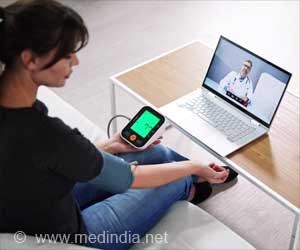Telemedicine is helping reduce unnecessary medical tests, improving efficiency and cutting healthcare costs.
- Telemedicine users showed a reduction in 7 out of 20 low-value medical tests
- High-telemedicine systems had a slight increase in visits but lower test spending
- Findings support expanding telemedicine policies for better healthcare efficiency
Investigating the Link Between Telemedicine and Low-Value Testing
With the increased adoption of telemedicine following the COVID-19 pandemic, researchers sought to determine whether virtual consultations influenced the frequency of low-value tests. Lead author Dr. Ishani Ganguli, MD, MPH, from Brigham and Women’s Hospital and Harvard Medical School, emphasized the importance of this research in shaping Medicare policy decisions regarding continued telemedicine coverage (1✔ ✔Trusted SourceTelemedicine Adoption and Low-Value Care Use and Spending Among Fee-for-Service Medicare Beneficiaries
Go to source).
Virtual consultations can reduce unnecessary tests like ECGs and metabolic panels, saving costs and improving care. #telemedicine #medindia’
The results revealed that patients in high-telemedicine systems had a marginally higher total visit rate (including both virtual and in-person appointments) but exhibited reduced usage of 7 out of 20 low-value tests, including:
- Cervical cancer screenings
- Screening electrocardiograms
- Screening metabolic panels
- Preoperative complete blood cell counts
- Preoperative metabolic panels
- Thyroid function tests (total or free triiodothyronine level testing)
- Imaging for uncomplicated low back pain

Implications for Healthcare Policy
The findings suggest that telemedicine can help mitigate the reliance on unnecessary medical tests by eliminating routine in-office screenings that may not always be necessary. Virtual consultations may encourage a more judicious use of healthcare resources, potentially benefiting both patients and the broader healthcare system.“These results should provide policymakers with additional confidence in supporting telemedicine expansion, as it may lead to reduced use and spending on certain low-value tests,” Dr. Ganguli noted.
The study was supported by grants from Arnold Ventures and the Commonwealth Fund, with additional funding from the National Institute on Aging. The authors disclosed potential conflicts of interest, including consulting fees and grants from healthcare research organizations.
Reference:
- Telemedicine Adoption and Low-Value Care Use and Spending Among Fee-for-Service Medicare Beneficiaries - (https://pubmed.ncbi.nlm.nih.gov/39992684/)
Source-Medindia













